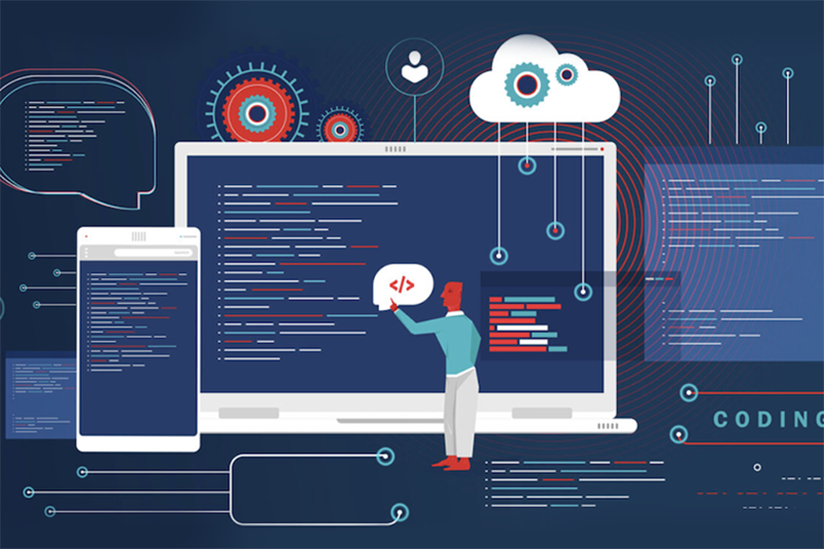ChatGPT IRP
Generative AI applications such as ChatGPT have evolved to the point of being used by cybercriminals to create ransomware and other malicious attacks, but it seems that when it comes to creating an Incident Response Plan (IRP), ChatGPT isn’t quite as effective as it can only provide basic guidance and knowledge. That’s why human expertise […]
read more









